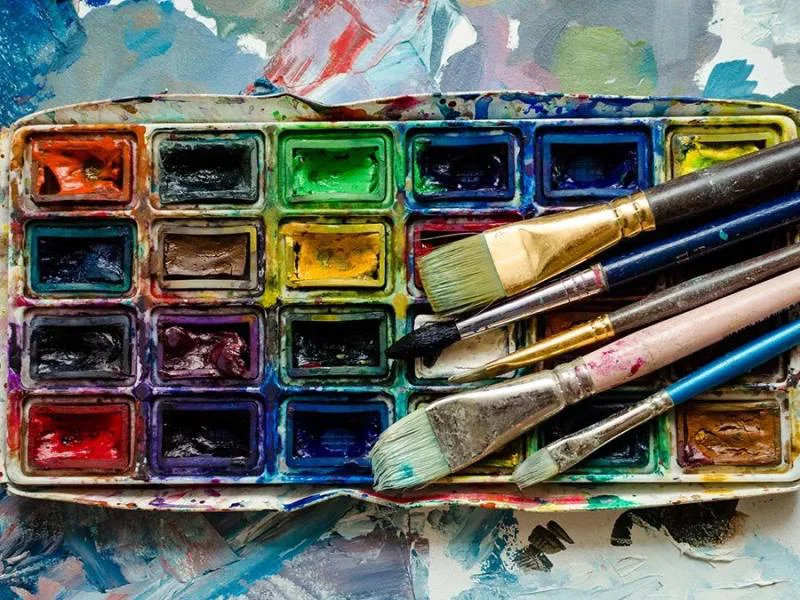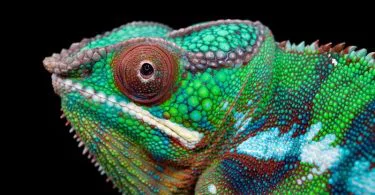Mosaic is a form of art that has been around for centuries. While painting entails applying colour to a surface through pigments in various forms such as watercolour, oil, or acrylic paints, the art form of mosaic involves creating an image by assembling small pieces of coloured glass, stone, or ceramic tiles onto a surface. The difference between painting and mosaic is that painting is two-dimensional and flat, while mosaic is three-dimensional and textural.
What is Mosaic?
Mosaic is a form of decorative art that involves assembling coloured pieces of glass, ceramic, stone, or metal into a pattern or image. Ancient cultures such as Greece, Rome, and Mesopotamia used mosaics thousands of years ago. Its legacy lives on in modern architecture, decoration, and artwork. You can use anything from glass, ceramic, stone, metal, and even broken tiles or bottle caps to make mosaic art. The mosaic is assembled and adhered to a wall, floor, or other surfaces to form the final design. Intricate patterns and designs require the pieces to be cut into precise shapes and sizes.
The complexity of a mosaic’s design and its ability to depict people, animals, and landscapes vary greatly. There is no limit to the number of possible colour, texture, and shape combinations that can be made using the materials available. Mosaics are standard in religious buildings, museums, public spaces, and private homes. Some commonplace uses are murals, floors, and accents on walls and ceilings. Many modern artists have turned to mosaics in recent years, using the medium to explore new territories in abstraction.
What is Painting?
Painting is creating a visual image or expression by applying paint, pigment, or another medium to a surface (typically a canvas, paper, or a wall) to achieve the desired effect. Oil, acrylic, watercolour, gouache, and mixed media are some of the mediums and processes used to create paintings. Other options include mixed media. Paintings can be figurative, showing things or scenes from the real world or abstract, expressing ideas and feelings through colour, shape, and form. Both types of paintings have their place in the art world. They can be crafted in several different styles, ranging from expressionism to realism to impressionism, and they can be utilized to communicate various ideas and concepts.
Painting has a long history, dating back to prehistoric times when humans used natural pigments and dyes to create images on cave walls. This practice has been passed down from generation to generation. Painting has developed into a respected and diverse art form, with artists employing various techniques and styles to express themselves and their ideas through painting. Famous painters throughout history, such as Leonardo da Vinci, Vincent van Gogh, and Pablo Picasso, are known for their iconic paintings, celebrated and collected worldwide as works of art today. Painting is still considered one of the most important and widely practised forms of art today, whether for private or public display.
Difference Between Mosaic and Painting
There are significant differences between the materials, processes, and aesthetics of mosaic and painting. Mosaic is a form of art in which an image is made by affixing tiny pieces of coloured glass, stone, or ceramic tiles (also known as tesserae) to a surface. Mosaics are versatile and can make elaborate patterns and designs in various sizes. They can be found adorning ceilings, walls, and floors as architectural features.
Painting, on the other hand, entails using pigments in the form of paints such as watercolour, oil, or acrylic to add colour to a surface. Painting is a versatile art form that can create various styles on multiple surfaces (canvas, paper, wood, etc.), from realistic to abstract. While mosaics and paintings are forms of artistic expression, there are significant differences between the two in terms of materials, methods, and styles. Painting involves applying pigments to a surface using brushes, while mosaic involves assembling small pieces of coloured materials to create an image.







